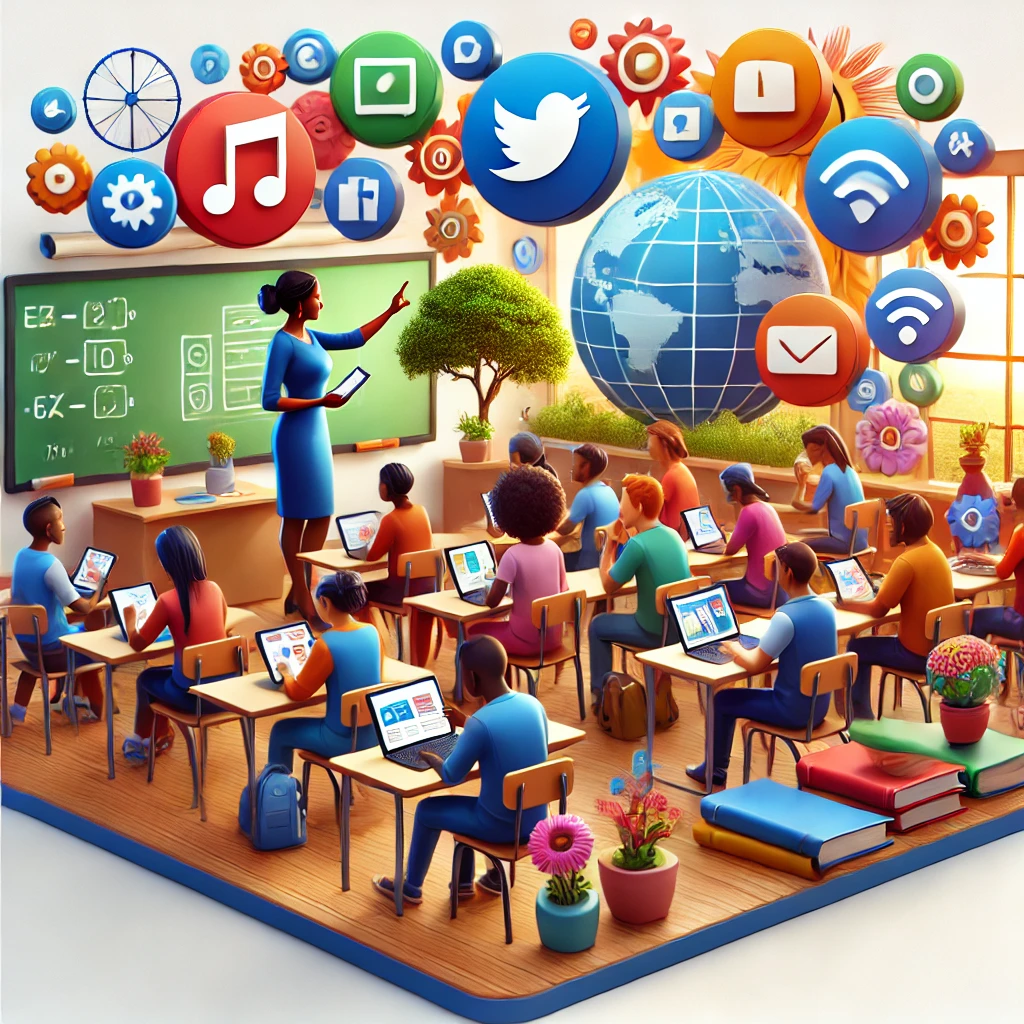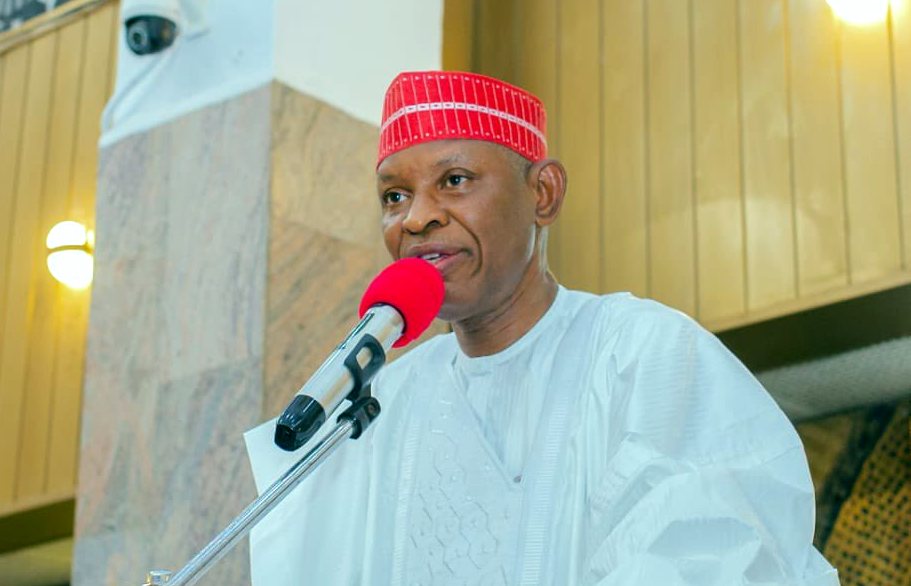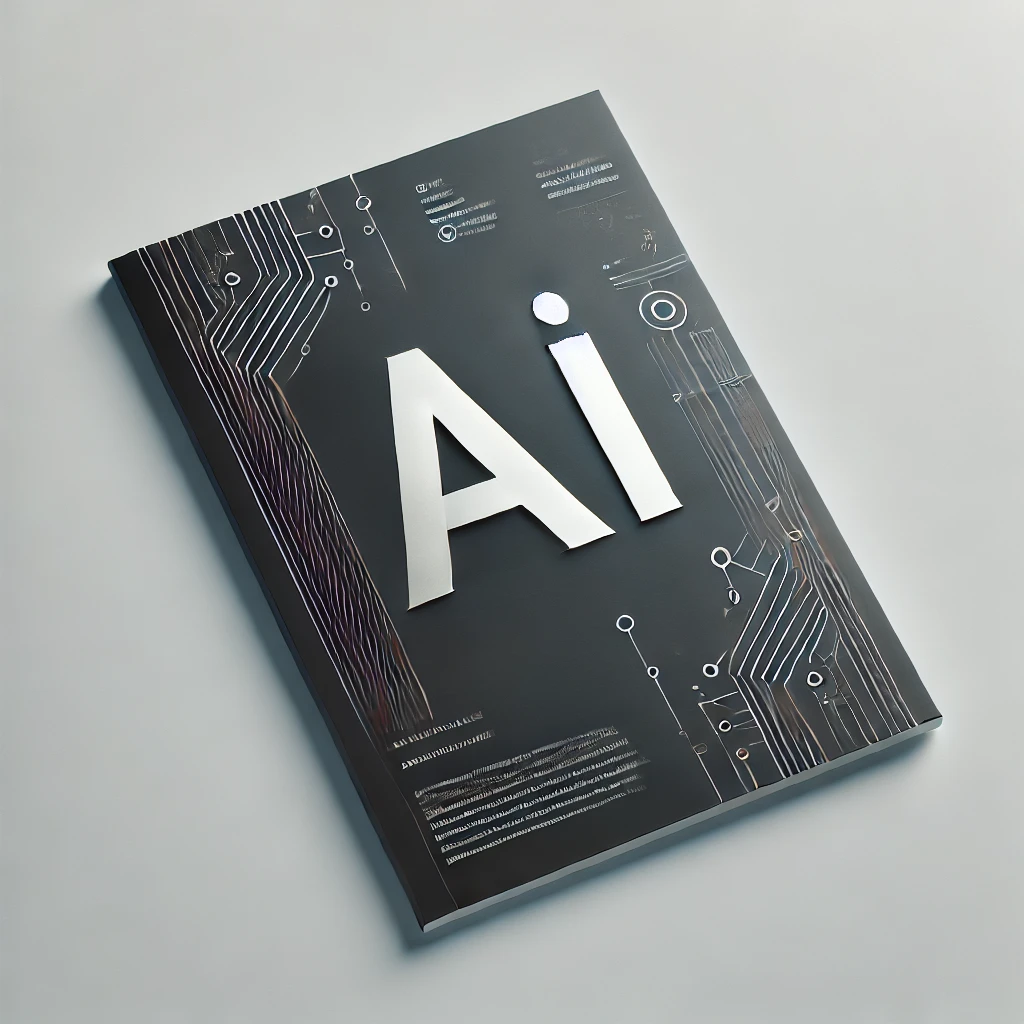The rapid rise of social media has revolutionised many aspects of life, including education. Today, platforms like Facebook, Twitter, Instagram, TikTok, and YouTube are no longer just tools for social interaction; they have become powerful educational aids. However, their influence on classroom learning is a double-edged sword. While they can enhance learning experiences and increase student engagement, they also pose challenges, including distractions and misinformation.
Social media platforms offer a vast array of resources that complement traditional learning. For example, YouTube provides educational videos on virtually every topic, from science to arts, which teachers can integrate into their lessons. Twitter allows students and educators to follow thought leaders and participate in global academic discussions.
Social media fosters collaboration, allowing students to work together on group projects even outside school hours. Platforms such as WhatsApp, Google Classroom, and Microsoft Teams facilitate real-time communication and document sharing, making teamwork more efficient.
Integrating social media into learning can make classes more interactive and enjoyable. Platforms like Kahoot and Instagram can be used for quizzes and creative projects, encouraging active participation. This helps students retain information better as they connect with content in a dynamic way.
Through social media, students can interact with peers and educators worldwide, gaining exposure to diverse cultures and viewpoints. This global connection broadens their understanding of different subjects and prepares them for a more interconnected world.
Teachers can use social media to provide immediate feedback on assignments and projects. Quick responses help students identify their strengths and weaknesses, promoting continuous improvement.
While social media has its advantages, such as increased engagement and access to resources, it also brings challenges that educators must navigate carefully. Its disadvantages on education cannot be overstated. One of the most significant drawbacks of social media is its potential to distract students. Constant notifications and the allure of non-educational content can make it challenging for students to concentrate on their studies.
In addition, social media is filled with unverified information, which can mislead students. Without proper guidance, they may struggle to differentiate between credible sources and false content, affecting their learning outcomes.
Excessive reliance on social media for learning can hinder the development of critical thinking and problem-solving skills. Students may become passive consumers of information rather than active learners.
To make the best out of social.media for students, parents and teachers should help students strike a balance. Schools should establish guidelines for the appropriate use of social media. This includes setting time limits and specifying acceptable platforms and activities.
Educators should teach students how to evaluate the credibility of online information and navigate the digital space responsibly. This includes lessons on identifying fake news and understanding the impact of digital footprints.
Also, teachers can incorporate social media into their lessons while emphasising its educational purposes. Assignments that involve creating educational content or participating in academic discussions can promote positive usage. While social media can enhance learning, traditional teaching methods remain crucial. Educators should strive for a balance that combines the best of both worlds.















